Imagine a huge ship floating in the sky. Saunders-Roe Princess, the symbol of a luxurious dream to satisfy the longing for transatlantic travels, would serve exactly this purpose!
Built in the early 1950s, this magnificent flying ship projectwas designed as a successor to the glamorous merchant ships of the pre-war period.
Between Southampton, England, and New York, USA at once The dream of serving on transatlantic routes by carrying up to 100 passengers was a candidate to bring a new breath to the aviation world with its spacious interiors and modern design.
However, it stands out with its huge dimensions and luxurious equipment. Princess’s Its rise faced a difficult struggle against the rapid spread of jet aircraft and the decreasing demand for ships, and we never saw this interesting project live.
“Can the ship fly too, my dear?” Before saying this, let’s break your prejudices.
Reflecting the spirit of the times, this flying ship was a reflection of the changing aviation dynamics and fascinated people. This project, named Saunders-Roe Princess, was a British aircraft developed at Cowes facilities on the Isle of Wight. It is the largest all-metal structure ever built. It was a flying ship.
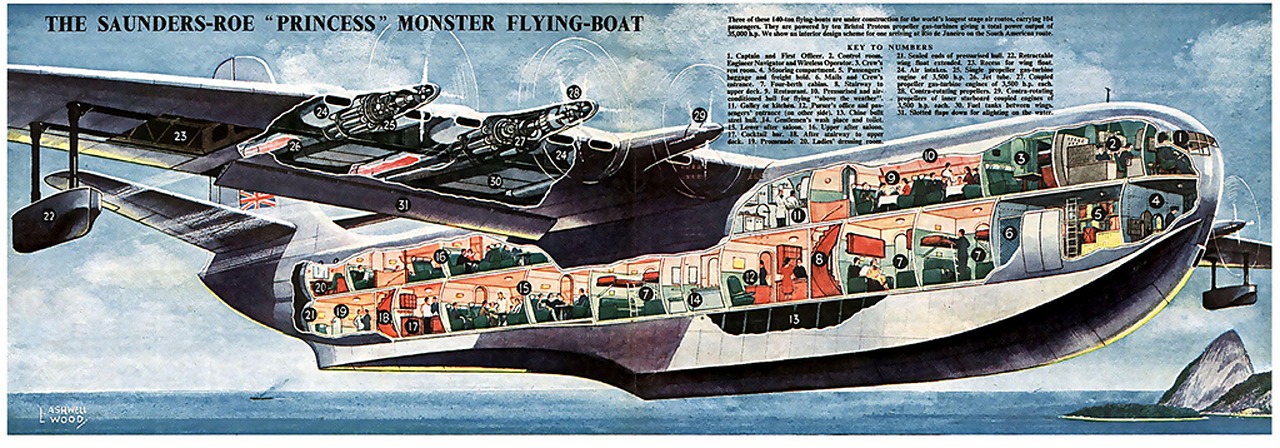
This ship was designed as a luxury successor to pre-war merchant ships. inside Carrying capacity up to 100 passengers was located. In addition, in the construction, newly developed turboprop Although technology and the Bristol Proteus engine were preferred, there were some difficulties in the development of the engine. This is also important in the project delays made it inevitable.
Princess attracted attention with its first flight on August 22, 1952.
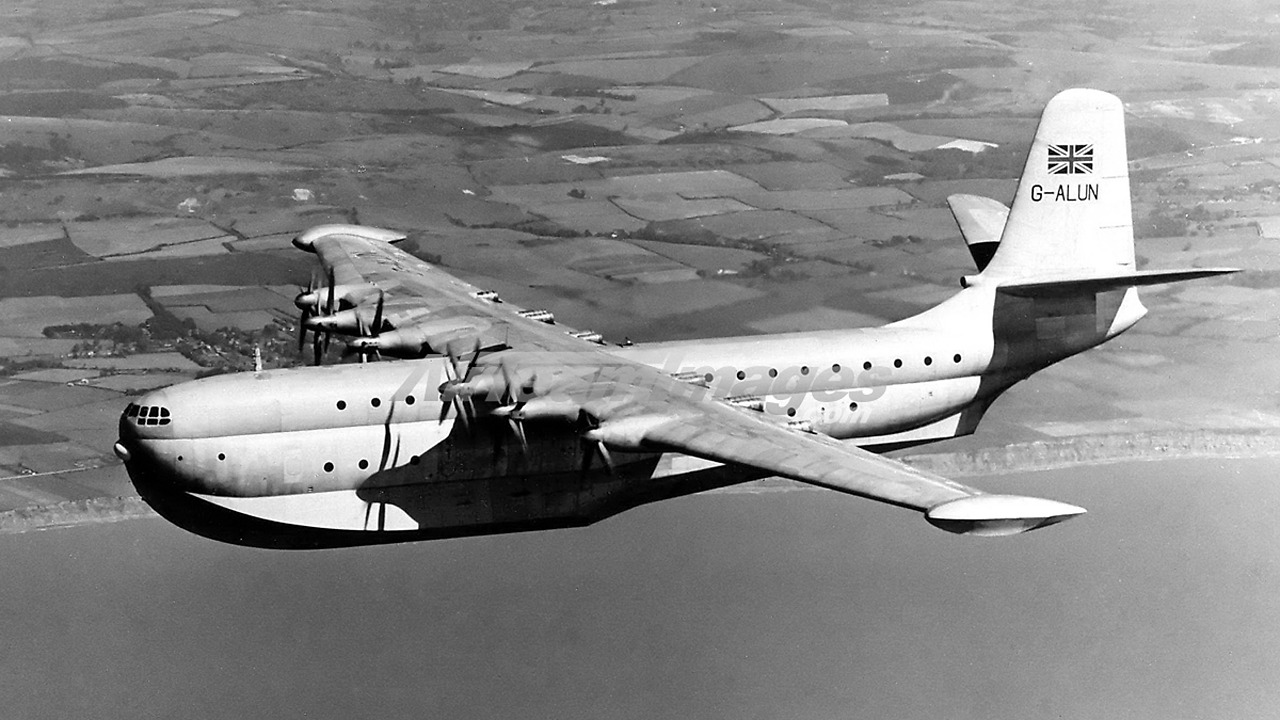
Total between 1952 and 1954 47 test flights were made, During this period, two public demonstrations were also held at the Farnborough Airshow. At the beginning of this project, work carried out under the development contract was aimed at securing a contract for the aircraft with the British flag carrier BOAC.
However, BOAC later Focusing on terrestrial routes, he chose the jet-powered De Havilland Comet. This choice brought about the end of the flying ship era. The contract actually ended before the completion of Princess.
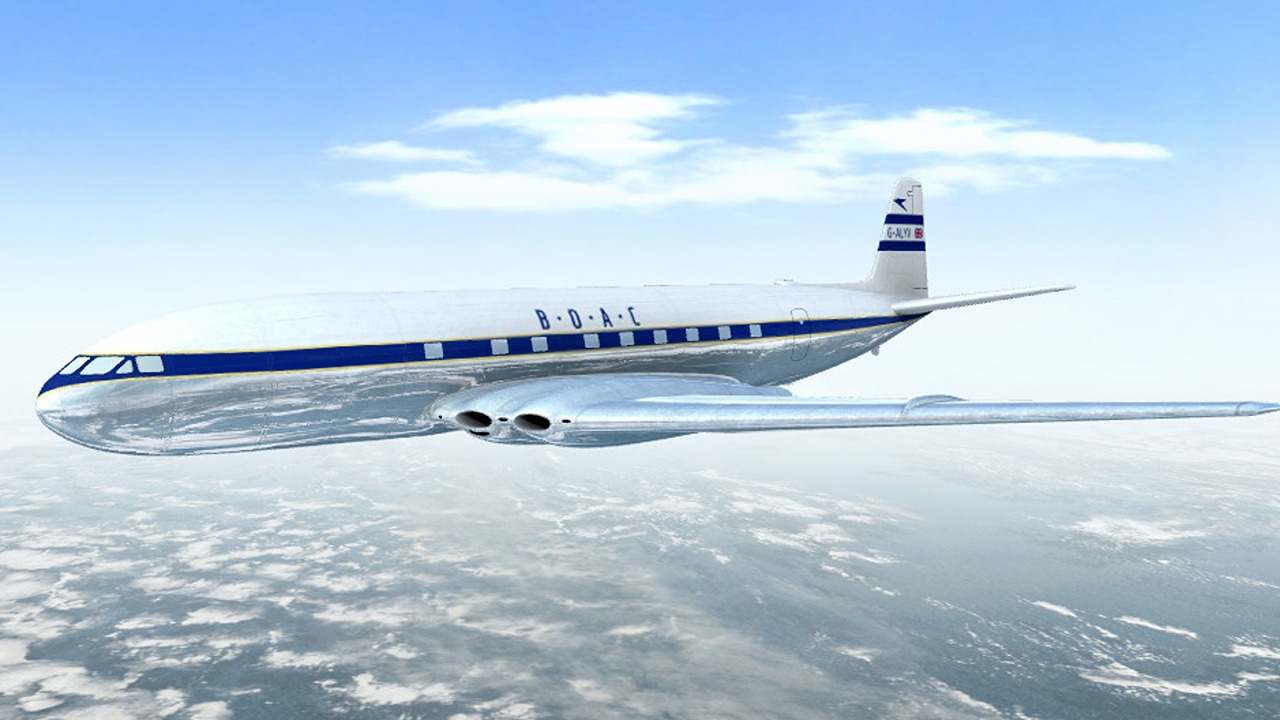
De Havilland Comet
Cancellation of the project, Sanders-Roe It was a disaster for. Because three prototypes were produced and after that it was very difficult to find another buyer for such a project.
So what were the features of this magnificent project? Let’s take a closer look.
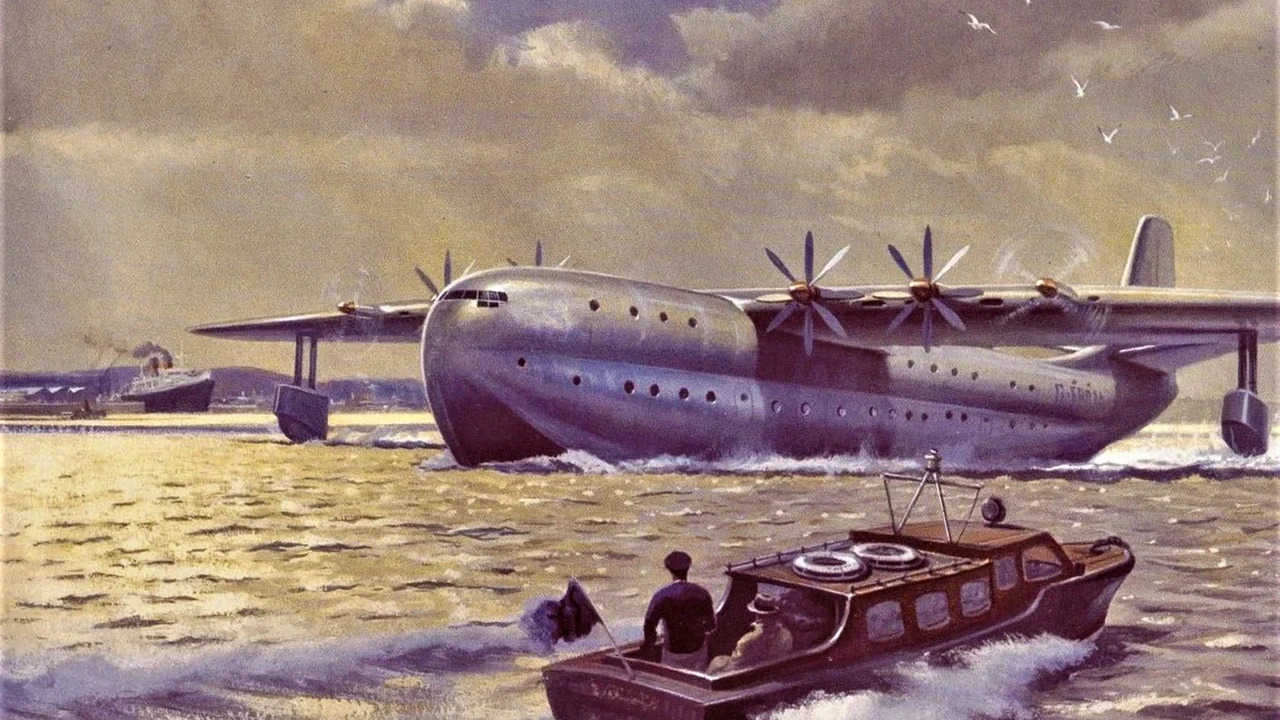
- Crew: 2 pilots, 2 flight engineers, radio operator and navigator
- Capacity: 105 passengers / 62,142.2 kg disposable load
- Length: 45m
- Wingspan: 66.90 m (buoys retracted), 63.86 m (buoys extended)
- Height: 16.99m
- wing area: 466.3 m²
- Curb weight: 86.183kg
- gross weight: 149.685 kg
- Maximum takeoff weight: 156.501 kg
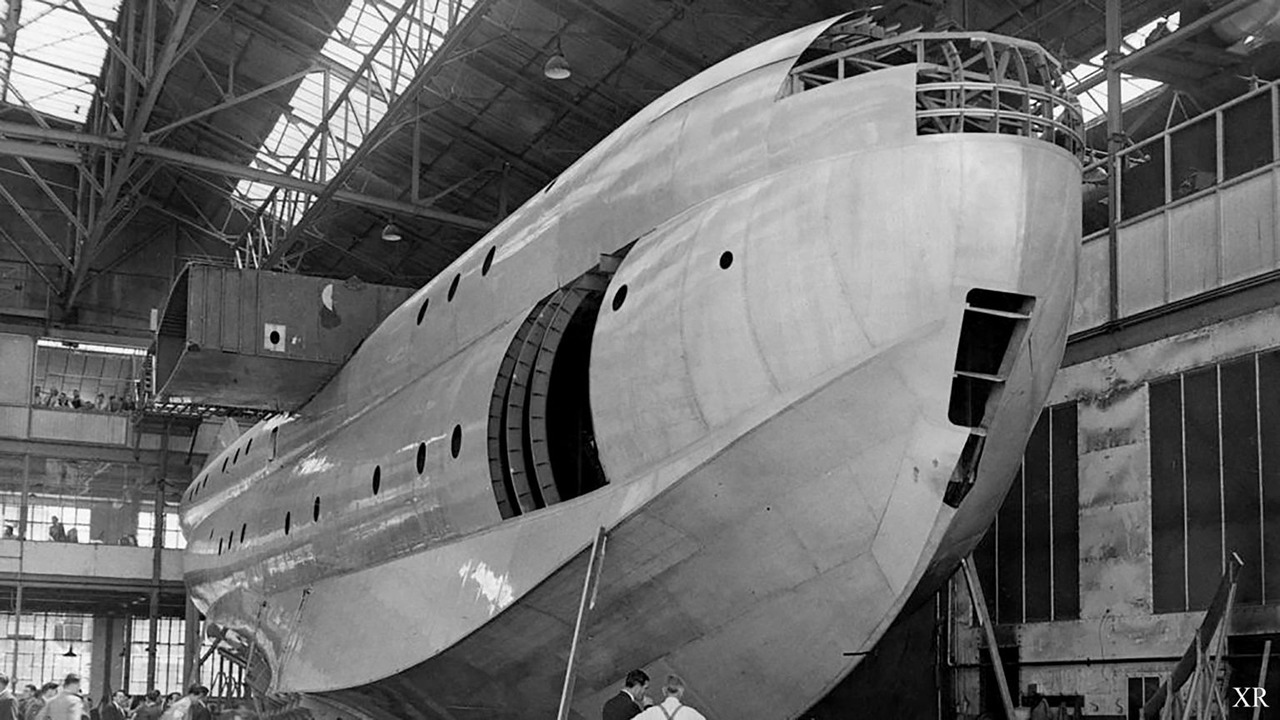
- Fuel capacity: 53 liters in four integrated inner wing tanks
- power unit: 4 × Bristol Coupled-Proteus 610 turboprops, 3,700 kW each + 7.38 kn at 10,000 rpm at sea level thrust
- Propellers: 4-blade de havilland constant speed, fast-feathering duralumin propellers. 5.03m diameter
- maximum speed: 610 km/h, 330 kn at 11,000 meters
- cruising speed: 580 km/h, 310 kn at 900 meters
- Range: 9,210 km, 4,970 nm
- Durability: 15 hours
- climbing speed: 296 km/h at sea level, 9.7 m/s at 160 kn speed
It has these unique features giant flying ship, disappeared into the dusty pages of history.
Our other content about ships:
RELATED NEWS
The Secret Weapon Developed by the Japanese to Sneakily Destroy American Cities: Submarine Aircraft Carriers
RELATED NEWS
Why Did Türkiye Become the World’s Scrap Ship Cemetery?
RELATED NEWS
A Little-Known Fact About Titanic: Why Did the Nearby SS Californian Ship Do Nothing Despite Receiving a Help Signal?
RELATED NEWS
